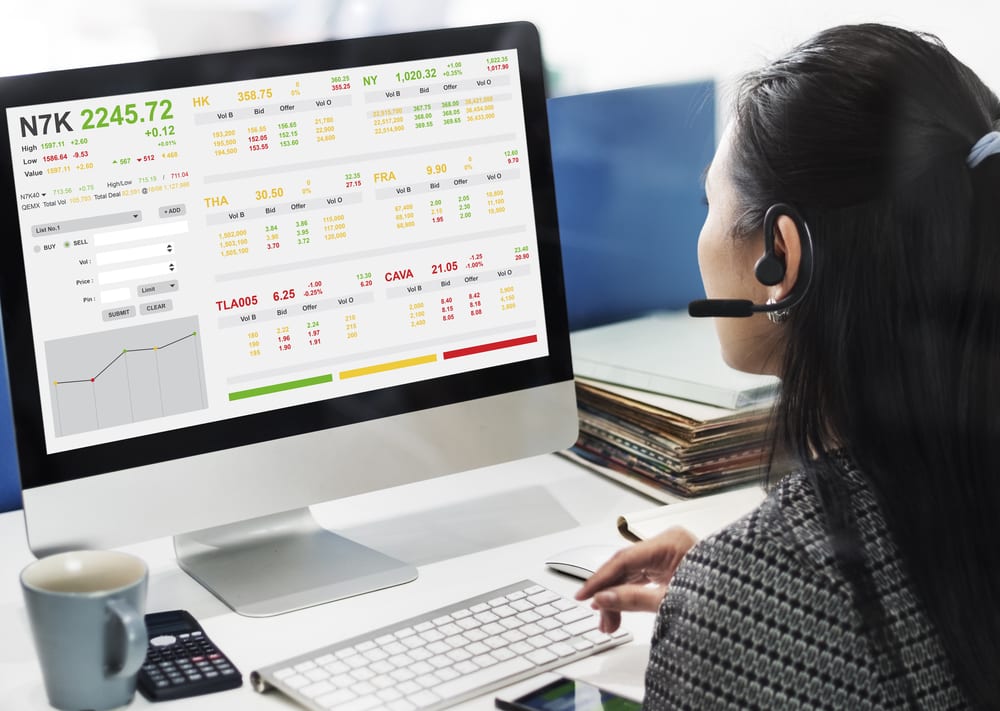Technological advancement has undoubtedly revolutionised forex trading across the globe, contributing to a highly lucrative market that sees daily trading volumes of around $6.6 trillion.
This number has continued to rise incrementally since 2014 when the total daily forex trading volumes were estimated at $5.1 trillion.
But what technology has shaped the forex market in recent times, and how will this sector continue to evolve in the near term?
How has technology shaped the forex market since the turn of the century?
Screen-based forex trading can be traced way back to Wall Street in the early 1990s, but it wasn’t until a decade later that high-speed internet connectivity began to benefit part-time and retail traders.
This resulted in the emergence of comprehensive trading platforms such as MT4 online, which continue to facilitate real-time currency trading and enable even part-time investors to engage in short-term strategies such as scalping and day trading.
Such trading platforms have become increasingly sophisticated during the last decade, particularly in terms of the range of technical indicators on offer and the efficacy of analytical tools.
Platforms such as the MT4 have also introduced the concept of customised charting, which ensures that relevant datasets are presented in an efficient and easy-to-understand way.
What contemporary technologies will shape the future market?
Given the pace at which technological advancement continues unabated, it should come as no surprise that new and even more exciting technologies are taking the forex market by storm.
But what technologies are likely to shape the future of the forex market? Here are three of the most telling:
- Sophisticated Mobile Networks and 5G Connectivity: Until recently, the world’s mobile trading network was powered by 4G, with this offering reduced latency and improved upload speeds in relation to previous iterations. However, the emergence and rollout of 5G technology has revolutionised the space further, as this can reach an estimated 10 gigabits per second and is up to 100-times faster than its predecessor. This is great news for scalpers, who tend to execute a large volume of orders in an incredibly short period of time.
- AI and Forex Trading: Artificial Intelligence (AI) is one of the biggest tech trends in the forex market, particularly when combined with big data. In short, this provides the capacity for platforms to leverage huge and often unstructured datasets (such as social media), accessing predictive analytics and machine learning in the process. This can lead to more informed and data-driven trading decisions going forward.
- Social Trading: On the topic of social media, this technology has also connected a global network of traders within a single, digital space. This has ushered in the age of so-called “social trading”, which enables novice investors to ‘copy’ the strategies of seasoned professionals and profit accordingly. Also referred to as copy trading, this is a highly popular technique and central to the appeal of platforms such as eToro.

